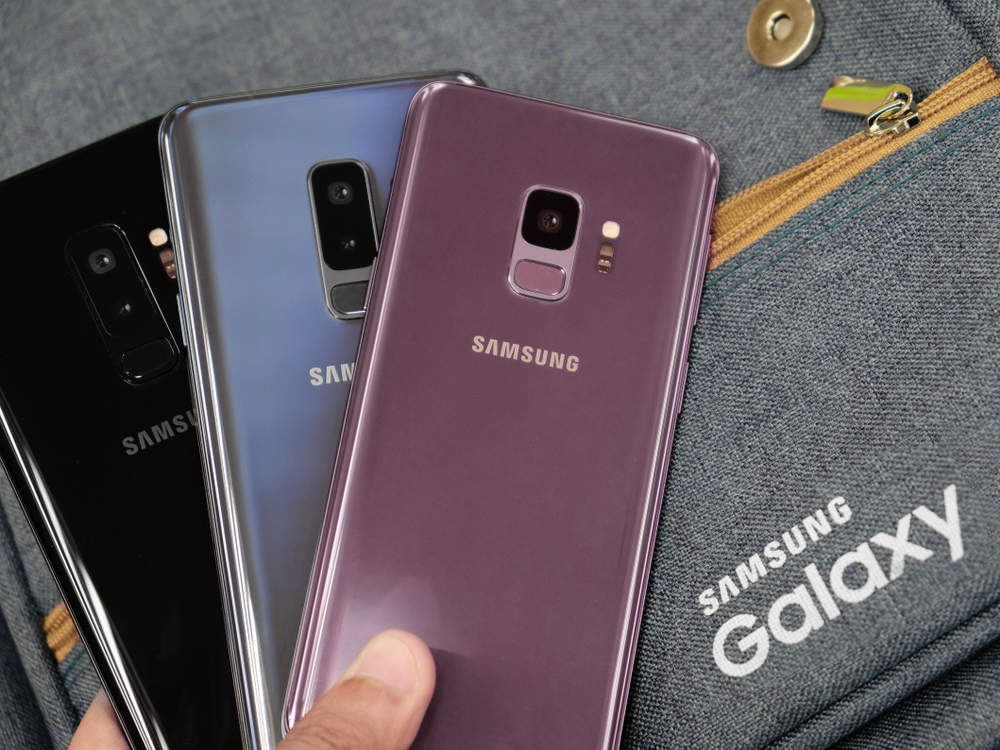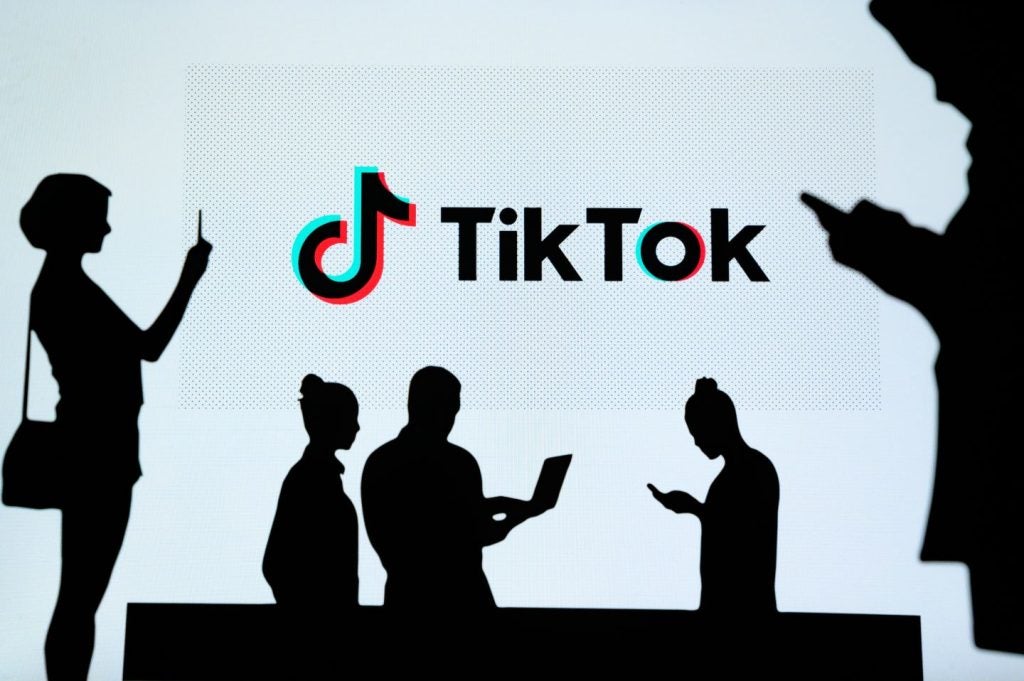
Samsung is the leader in Android smartphones, but the new Galaxy S9 does not feature any radical innovation. That’s OK; the Galaxy S9 builds on the already-excellent Galaxy S8, and makes improvements to the camera in low light.
Over the past eight years, Samsung established the Galaxy S brand as the leading premium Android phone thanks to large displays and effective advertising.
The Galaxy S9 and larger S9+ may be Samsung’s latest iteration, but they look and feel nearly identical to last year’s models. For most vendors, this would be deadly: although consumers are holding on to their smartphones longer, phone manufacturers still update their wares annually.
However, last year’s Galaxy S8 was a terrific design with no side bezels, so Samsung can get away with focusing on improving the camera in the Galaxy S9 and leaving radical innovation for later.

Camera performance is a key differentiation in smartphones, and while Samsung’s camera on the Galaxy S8 line was very good, Apple and Google’s latest are even better. Most premium smartphones take excellent pictures in bright sunlight, but lose detail and add noise in low light conditions – like when you take a snapshot of your friends in a bar.
How well do you really know your competitors?
Access the most comprehensive Company Profiles on the market, powered by GlobalData. Save hours of research. Gain competitive edge.

Thank you!
Your download email will arrive shortly
Not ready to buy yet? Download a free sample
We are confident about the unique quality of our Company Profiles. However, we want you to make the most beneficial decision for your business, so we offer a free sample that you can download by submitting the below form
By GlobalDataTo improve detail, the camera on the Galaxy S9 and S9+ have variable aperture – the shutter lets in more light in dark scenes. To reduce noise, Samsung added memory directly to the imaging sensor. This enables the phone to rapidly take multiple frames of the image and then compare them for processing (this happens instantly in the background; you just take the picture). The Galaxy S9+ has two cameras on the back, enabling optical zoom shots. In our tests, the Galaxy S9 routinely produced extremely sharp images in good lighting conditions – perhaps a touch too sharp in some cases. In low light, the Galaxy S9 often clearly beat Google’s Pixel 2 and Apple’s iPhone X. However, in some pictures the Galaxy S9 smoothed out noise so much that it lost core image detail, too.

Samsung is emphasising two other camera-related features: super slow motion video capture, and AR Emojis. Both are gimmicks, but super slow motion looks great when you manage to capture something interesting. AR emojis, avatars that look like you and mimic your facial expressions, are just creepy.
Samsung also offers lots of flexibility for securely unlocking your phone: iris scanning, facial recognition, and a fingerprint reader. However, you need those options, because unlike Apple’s iPhone X, Samsung’s facial recognition isn’t terribly secure. There are also plenty of features for IT managers looking to use the Galaxy S9 in the enterprise, including the ability to plug the phone into a dock and use it like a PC.
There are other iterative improvements to the processor, modem, and memory, and Samsung keeps all the things that made the Galaxy S8 and S8+ market leaders. The rounded high-resolution AMOLED display is gorgeous and fills nearly the entire front of the phone. There is a 3.5mm headphone jack, a slot for microSD storage expansion, wireless charging, and water resistance. The battery size has not changed. While our Galaxy S9 review unit lasted into the evening with fairly heavy use, this is the one area where consumers might have wished Samsung had done more.






Related Company Profiles
Apple Inc